
Scales for Singing Practice YouTube
A scale is like a framework you can use to generate ideas for melodies, hooks, basslines or leads. And if you like to improvise, scales are the patterns you use to choose which notes to play. Scales are essential to know for playing along with other musicians and keeping your instrument in key with the song.

Singing tips how to improve your vocal technique and sing better! Singing tips, Singing
Good for extending your range and working through your break. An Arpeggio Scale on the interval sequence -1, 5, 3, 8, 5, 3, 1, 5, 3, 8, 5, 3, 1 before a semitone increase. Try, if you can, to do the scale pattern ( as written in the picture example on the video) in one breath (if you can). It's tricky at first, but the more you practice the.
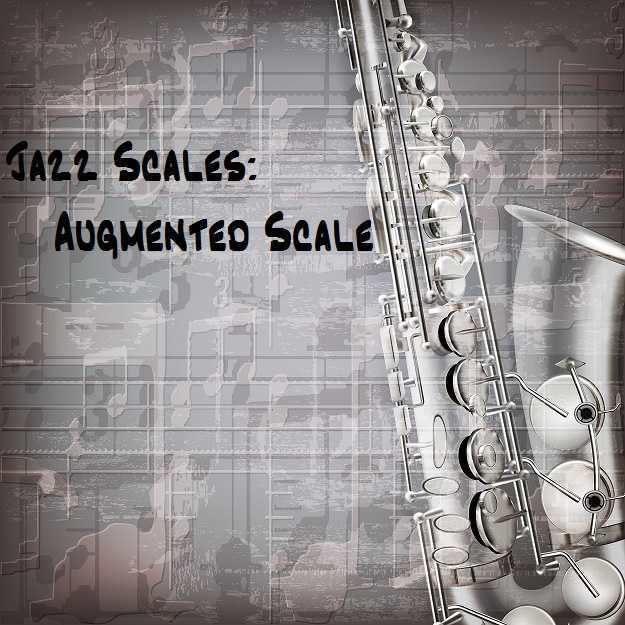
Singing Scales 4 Scales Every Singer Should Know
Major scales are by far the most familiar scale structure to singers and usually the first type of scale introduced in voice lessons. Both the major and minor scales contain seven pitches plus the repetition of the starting pitch an octave higher.

Why Transposing is an Essential Piano Skill (And How To Do It) Music theory
In general, the average human has a vocal range of 1.5-2 octaves, while professional singers can expand it up to 4 octaves. Every single one of us is characterised by a specific vocal range and type that defines our singing and speaking voice and sets it apart from others.
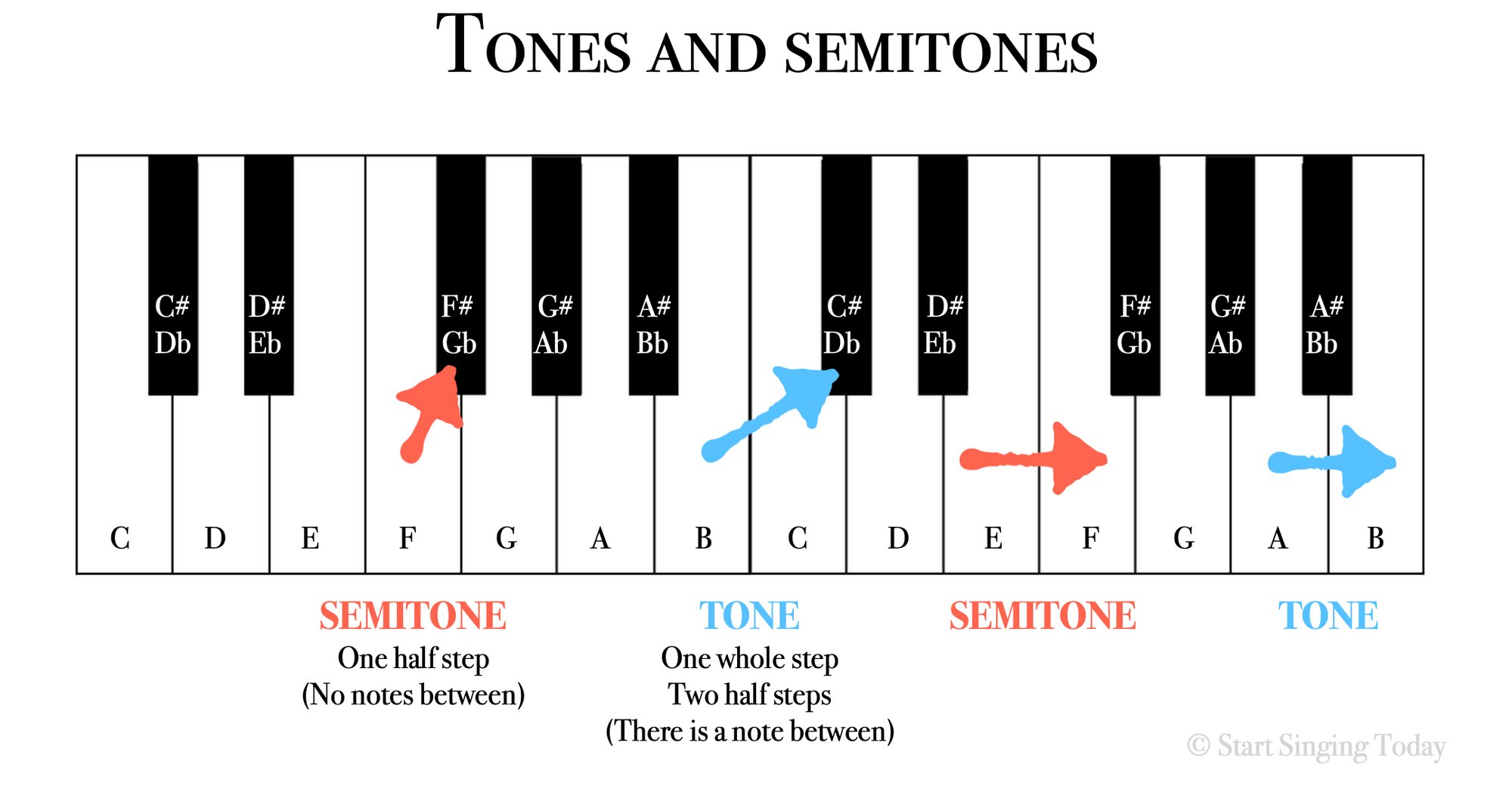
Singing Scales for Beginners Basic Theory and Warmups
It is a group of pitches sung in ascending (or descending) order, spanning an octave. Like Maria, you too can sing scales in solfège syllables (Do - Re - Mi - Fa - Sol - La - Ti - Do), vowels, or by humming. Many singing teachers advise beginning with humming as it keeps your voice warm without stressing your vocal cords.

Major Scales How to Use the Most Important Music Scale Build My Plays
The 5 tone, octave up and balancing workout scales are most commonly performed on a lip trill or tongue roll. These exercises work to extended the vocal range, balance the voice and smooth out the transition between chest and head voice. These exercises are very common and are often used as vocal warmups for more advanced singers.
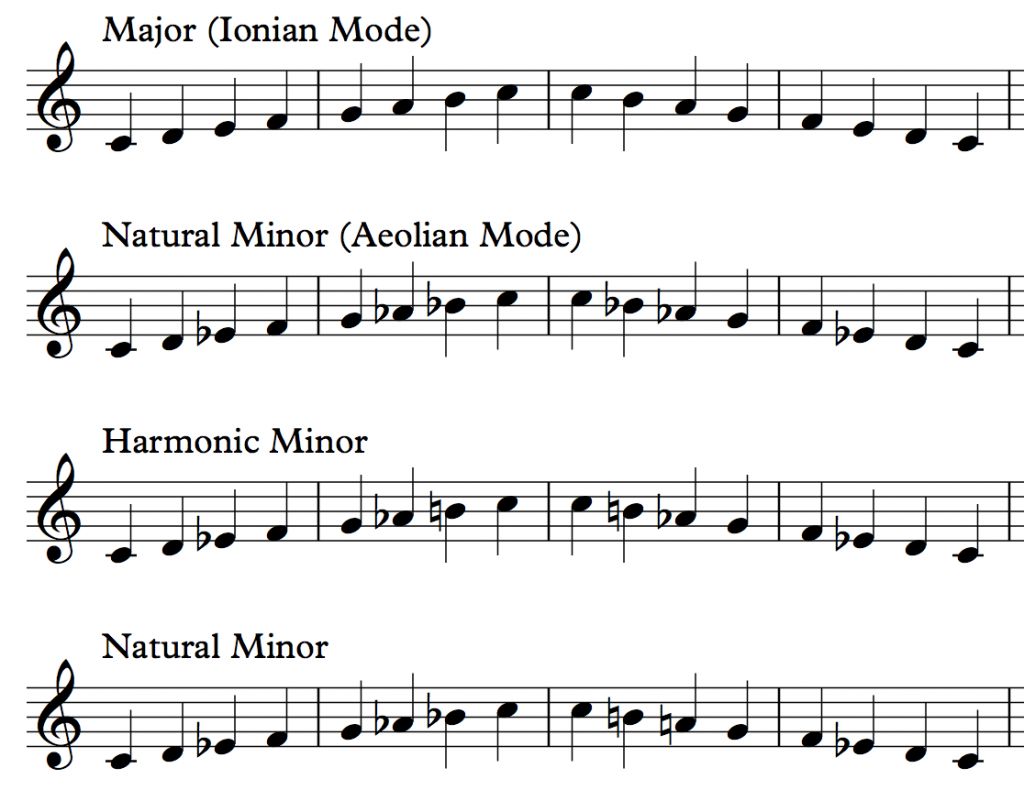
Music Theory
Why scales? Because they are in ALL MUSIC. You'll need to pitch them frequently in runs and riffs or when you're improvising, plus knowing your scales makes.

Four Beginner Scales for Singers YouTube
Singing and the definition of vocal range While the broadest definition of "vocal range" is simply the span from the lowest to the highest note a particular voice can produce, this broad definition is often not what is meant when "vocal range" is discussed in the context of singing.

5 Most Common Types Of Musical Scales YouTube
Scales are an essential part of hearing intervals (spaces) between notes. Scales help are useful for vocal warm ups, because they are incrementally awakening the voice so that no panic sets in, making it easier to stretch, coordinate and increase in volume and diversity of tone quality.

How To Sing the Minor Scale Singing The Minor Scale YouTube
List of chords List of musical intervals List of pitch intervals Arabian maqam Modes of limited transposition Symmetric scale Synthetic modes Tetrachord External links A free Android app with scales & building chords for the scales A Study Of Scales The Universal Encyclopedia of Scales

How To Sing the Major Scale Singing The Major Scale Aural Skills YouTube
Work with me: http://www.masteryourvoice.tv Sign Up for Music Theory for Singers: https://www.masteryourvoice.tv/theoryclassMy other channels: Simple Blessin.

Music Theory for Singers Part 2
The most common singing scales for beginners are the major, minor and chromatic scales. These are distinguished by their tone and semitone patterns (steps in pitch). Most scales contain 7 notes from the musical alphabet, including natural (♮), sharp ( ♯) and flat (♭) notes. For example, 'G# Major'.
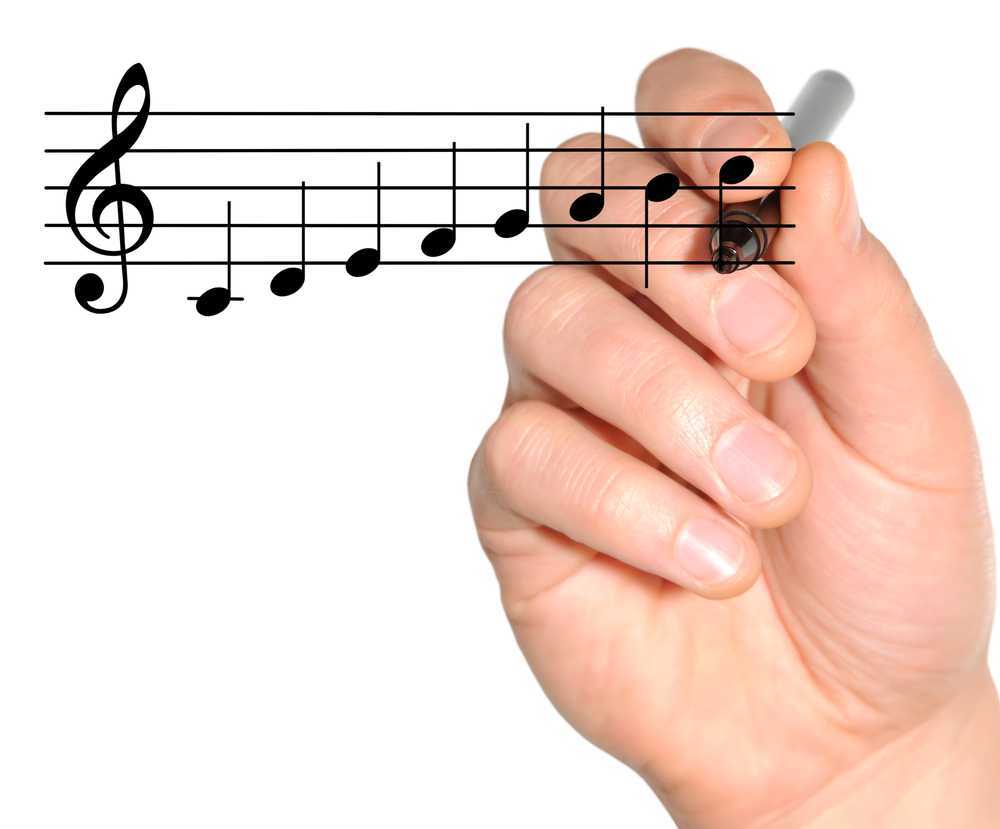
Singing Scales 4 Scales Every Singer Should Know
A scale is a group of notes that are arranged by ascending or descending order of pitch. In an ascending scale, each note is higher in pitch than the last one, and in a descending scale, each note is lower in pitch than the last one. The Degrees of a Scale The word scale comes from the Latin word meaning ladder.

15 Free Singing Scales for Beginners Choose from 7 Vocal Ranges. Free mp3 Download. YouTube
Practice breathing into your stomach and out for 8 counts each. To strengthen the muscles you use for singing, sing scales for 20-30 minutes a day in your middle, low, and high ranges, then back to middle. Make your voice more agile by singing back and forth from "do" to "so" quickly, then move up a half step and repeat.
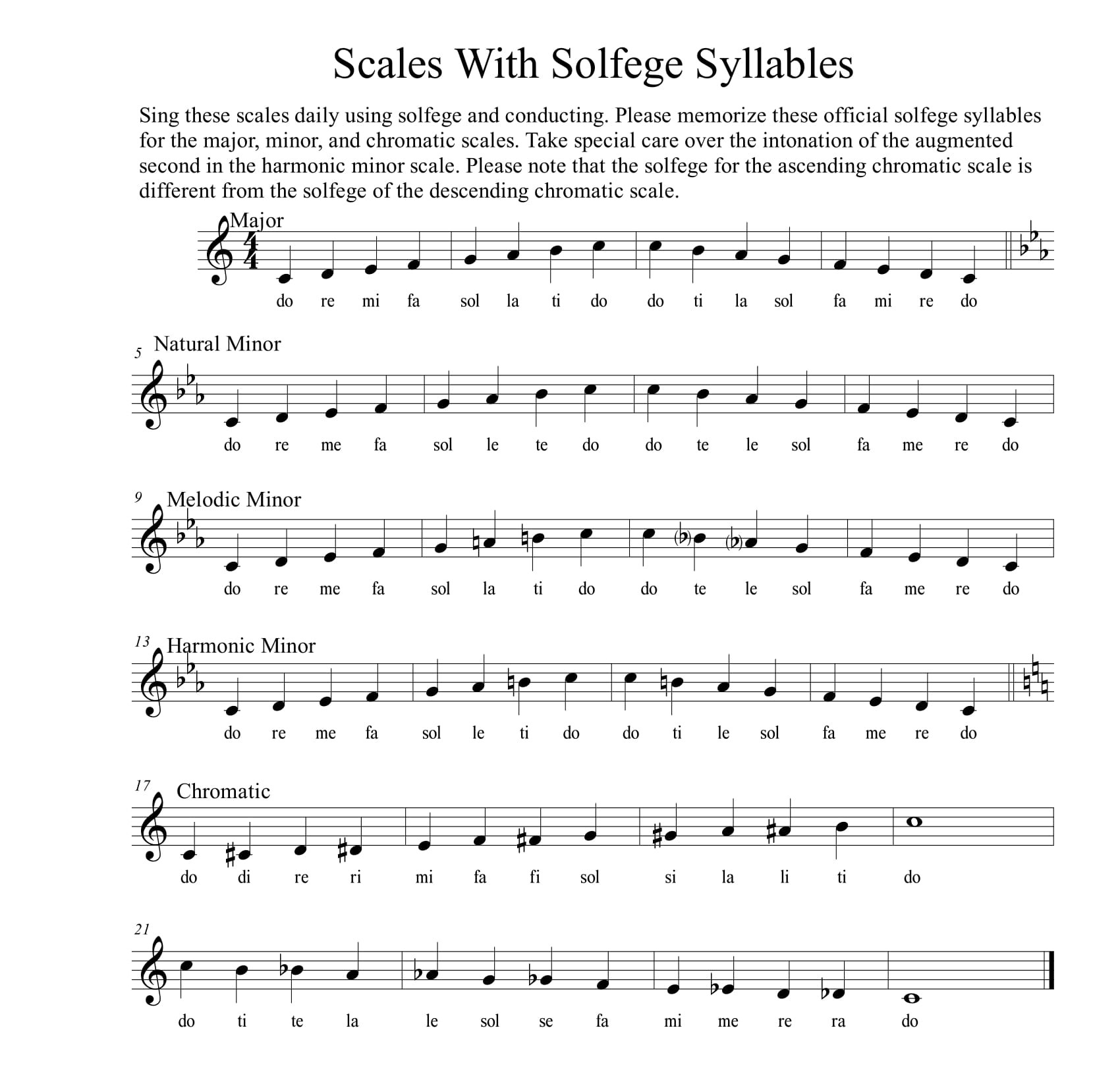
Integrated Aural Skills Sight Singing Scales in Solfege
Learn How to Sing a Major Scale Easily! Watch on. The Major Scale is made up of 8 notes, with 7 basic notes and the 8th note being a repeat of the 1st note, but in a higher octave. In solfege notation, the major scale looks like this: 1 (Doh) 2 (Re) 3 (Mi) 4 (Fa) 5 (Sol) 6 (La) 7 (Ti) 1 (High Doh) If you were to play this scale on the piano.
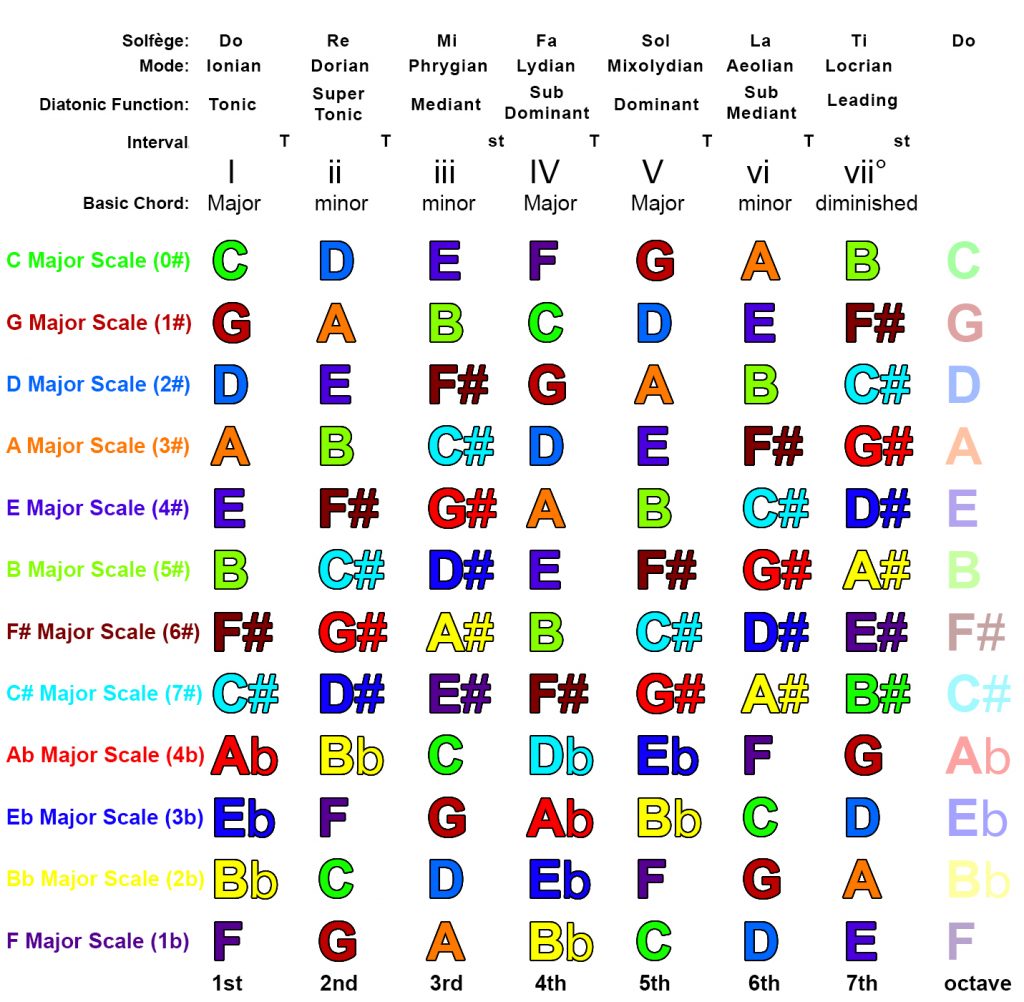
What are music scales?
Practicing scales may not be the most fun, but they are important for you to improve as a musician! Take a look at our helpful tips for singing here.